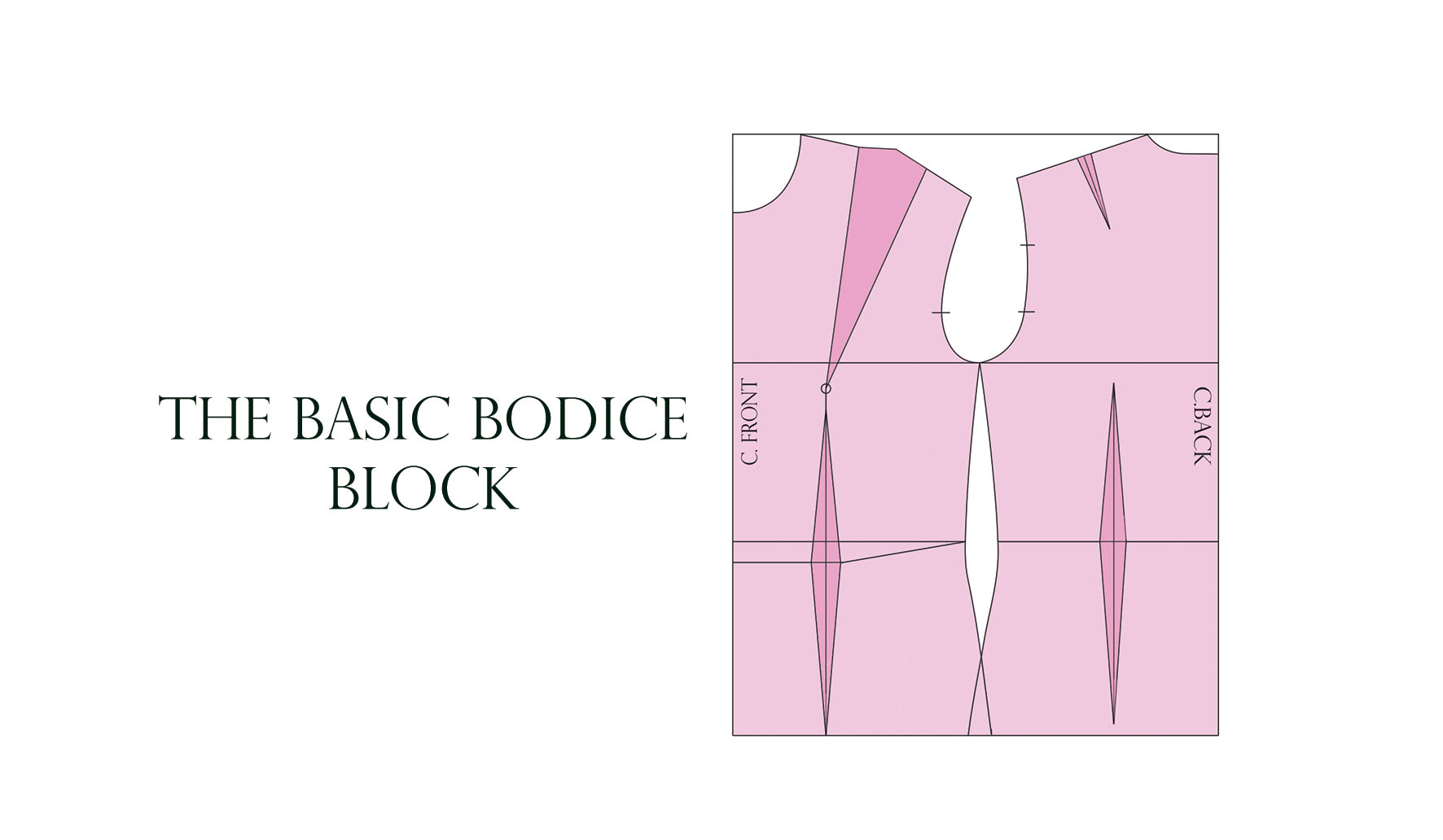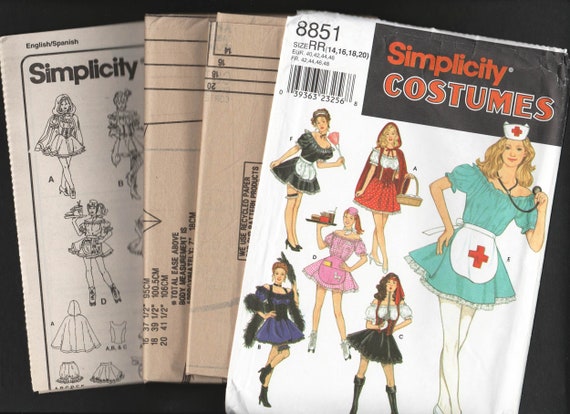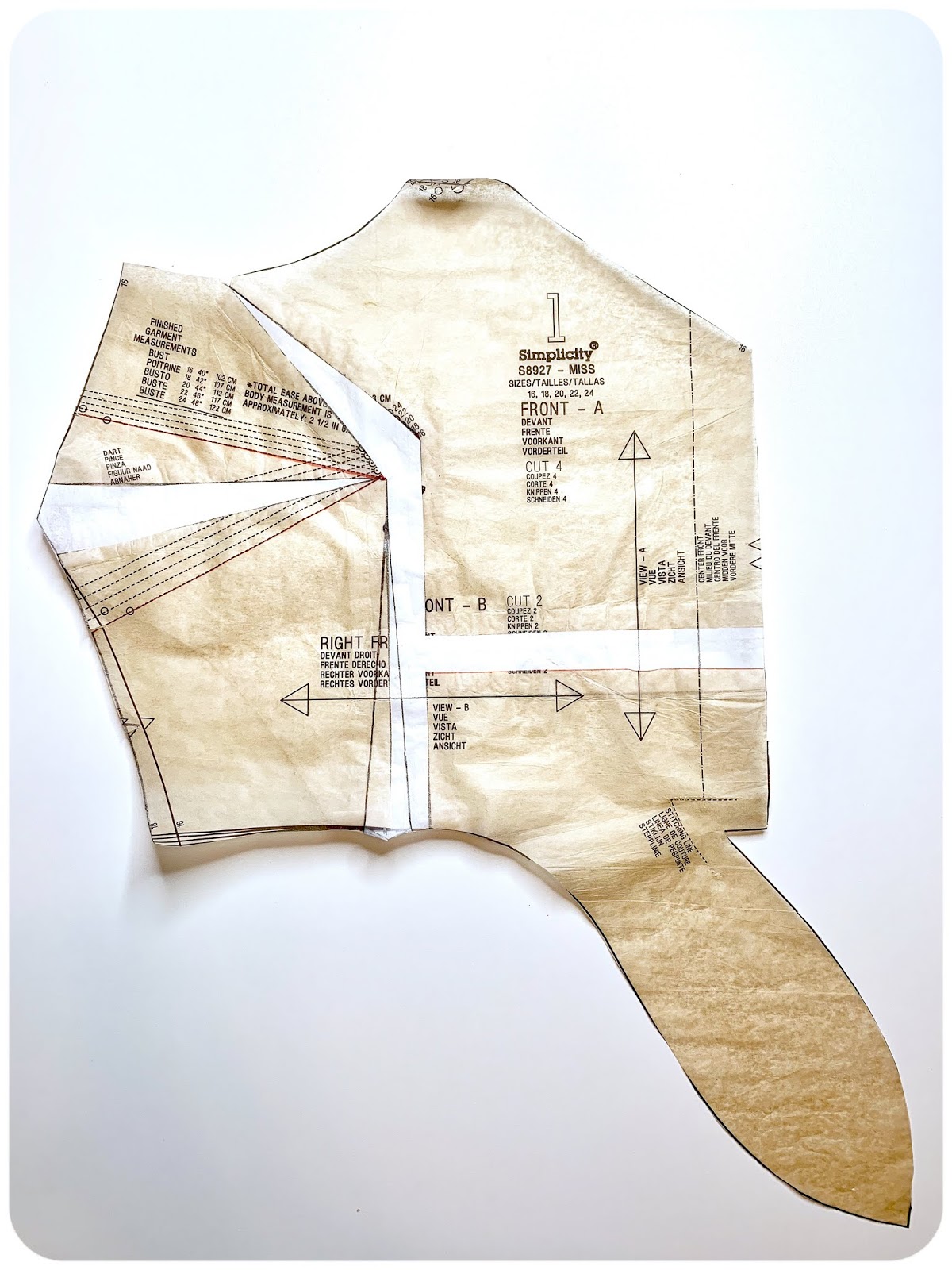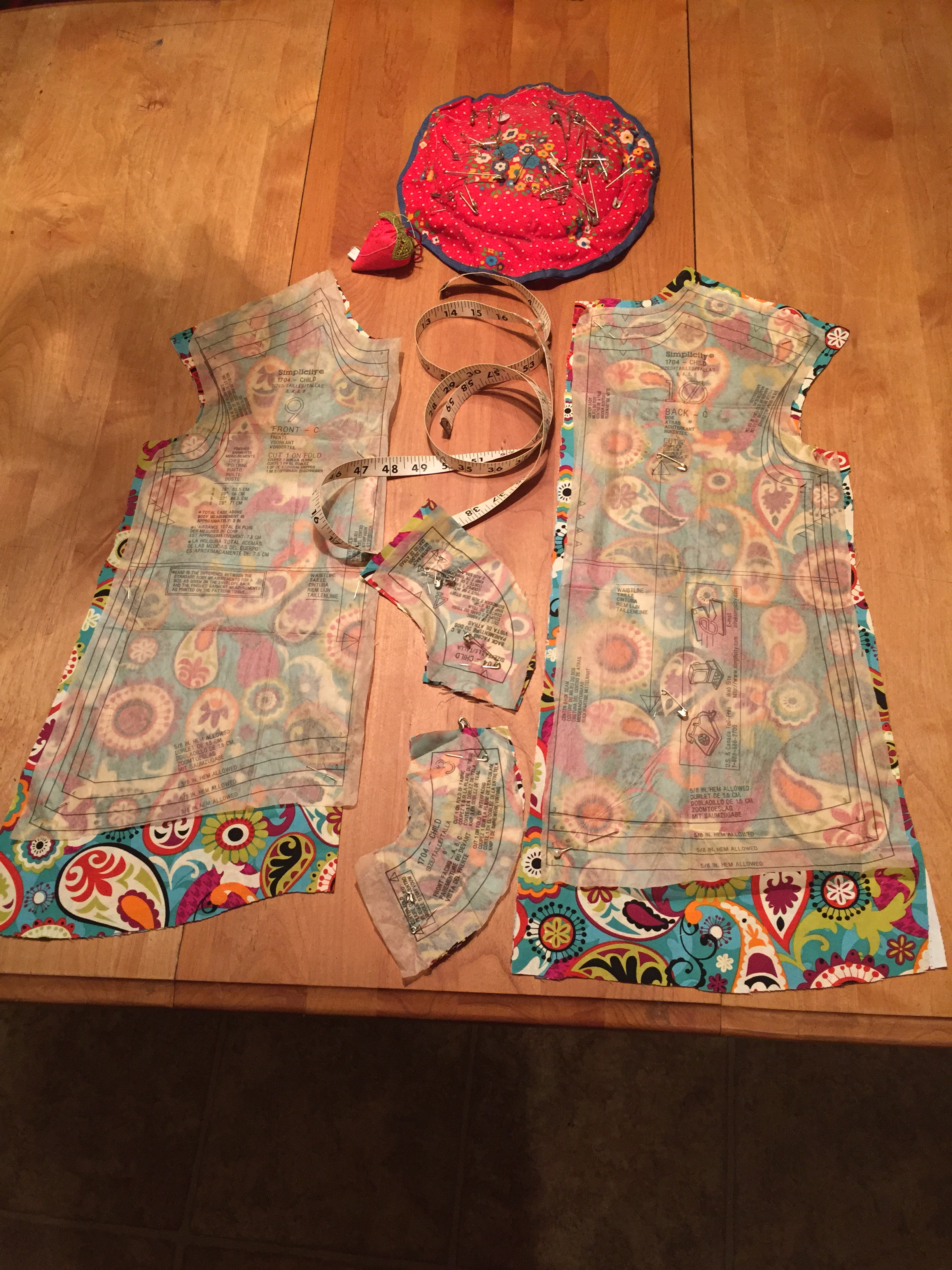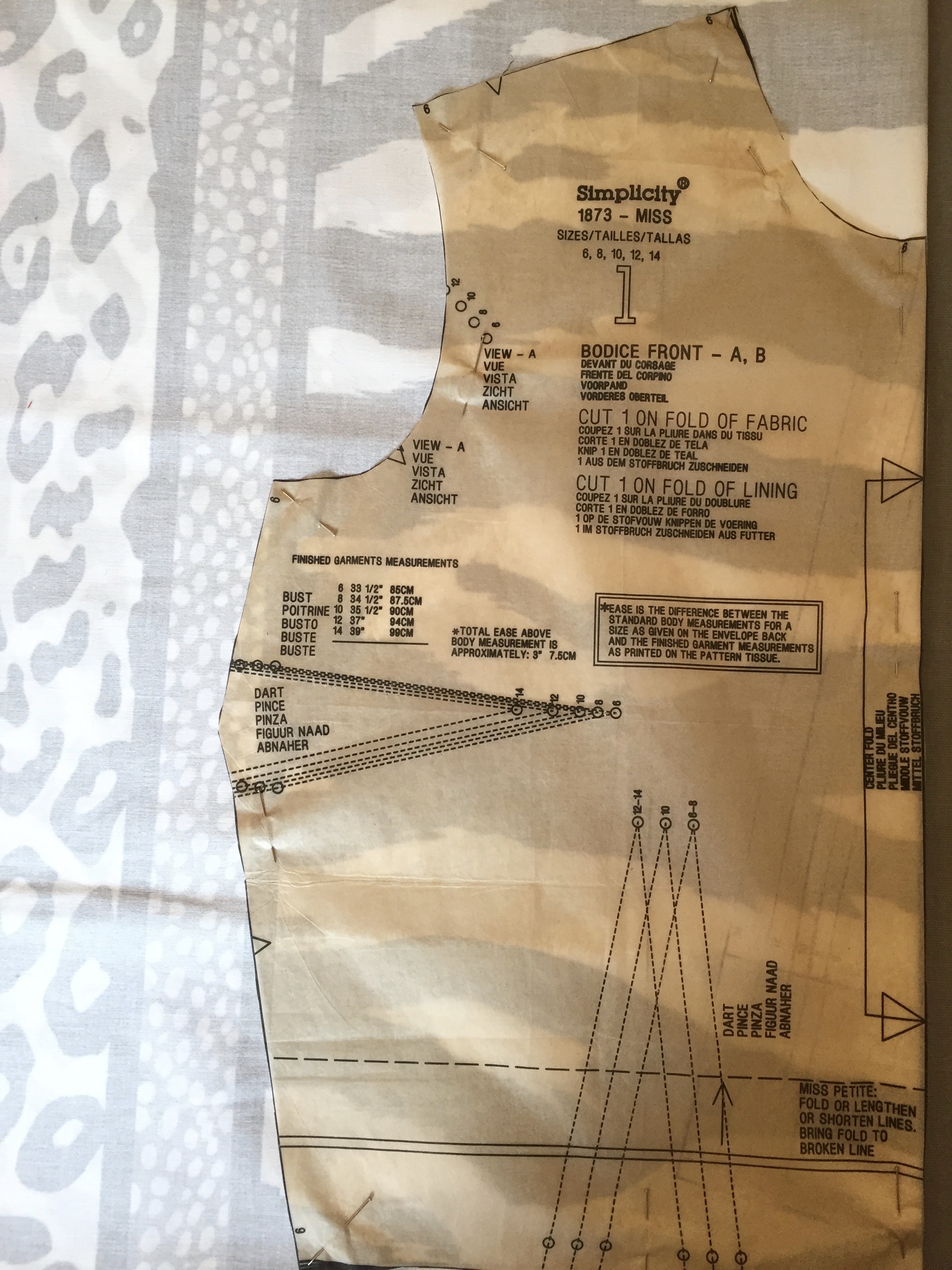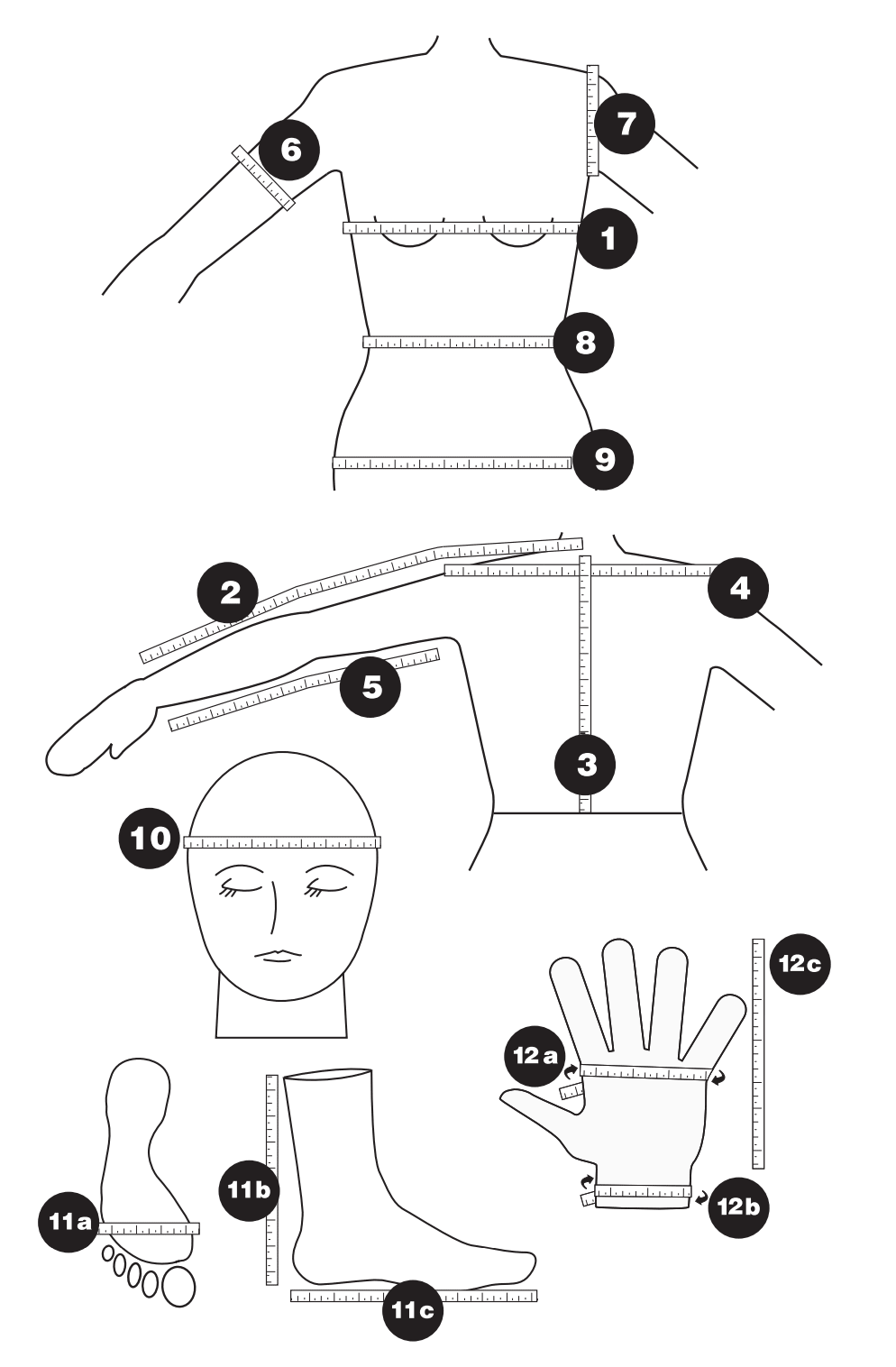Total hip circumference b. Measure your front waist from side seam to side seam across the front of your body. Classic fit some positive ease. If the total amount of ease added at the hipline is 3¼ add that to your actual hip measurement to determine your finished garment hip measurement. Very tight fit smaller than your actual bustchest measurement. Below is an example using the size 18w finished measurements from my pattern piece above.
This is 2 in total circumference. Instead i added 14 ease on front and back at bust which would give me 12 in total circumference for ease. Approximately 2 to 4 5 to 10cm less than your actual bustchest measurement. When i drafted my blocksloper my text book said to add 12 to the bust for wearing ease. Body skimming your actual bustchest measurement. Am i going to do jumping jacks in it.
Comfortable fit slightly larger than actual bustchest measurement. Measure your back waist from side seam to side seam across the back of your body not shown. Ease allowances found at the back of the pattern catalogs may vary slightly from company to company and in some cases the ease allowed may affect the size pattern you choose. Next determine the difference between that number and the finished garment measurement of the size 12. Close fitting zero ease. The finished garment measurement fm your body measurement ym wearing ease we or.
I never understood why so much ease is added to patterns. Now lets say for the sake of example you only want 2 wearing ease in. Heres the formula for calculating wearing ease. Fm ym we. For example if a style is loose fitting with a large amount of ease and you prefer a closer fit you might decide to choose a smaller size. Your hip circumference measurement is taken around the fullest part of your hips between 7 and 9 below your true.
